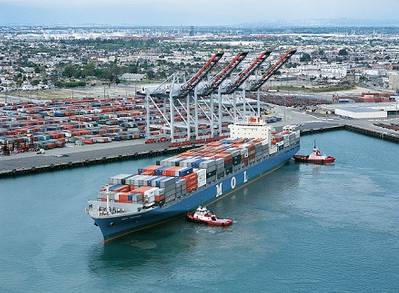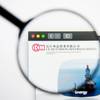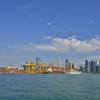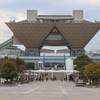Port of L.A Aims to Improve Energy Efficiency
Port of Los Angeles officials announced the development of its Energy Management Action Plan (E-MAP) initiative designed to improve energy efficiency at America’s busiest container port. Included in the plan will be the nation’s largest port energy assessment.
The E-MAP, unveiled during an energy workshop with representatives of the Port, the Los Angeles Department of Water and Power (LADWP), marine terminal operators and others, will serve as the Port’s blueprint to identify, develop and implement various programs to improve energy efficiency, reliability, quality, cost and resiliency while keeping up with the accelerating electrification and energy demand at the Port.
“Today’s workshop represents the first milestone in our development of an energy plan that sharpens our competitive edge and ensures the Port of Los Angeles remains America’s most efficient and reliable gateway for international trade,” said Mayor Villaraigosa. “The E-MAP will be the most comprehensive plan of its kind and will serve as a global model for energy efficiency.”
“Our ongoing success as a world-class port hinges on making the most of all our resources,” said Los Angeles Harbor Commission President Cindy Miscikowski. “Just as we raised the bar for green growth, we will be a global leader in managing the energy that fuels international trade and the goods movement industry.”
“We need to keep up with our ever growing power needs, but we also need to improve our overall power profile to provide the best possible service to our customers,” said Port Executive Director Geraldine Knatz, Ph.D. “Improving our energy resiliency will also reduce the Port’s vulnerability in the case of natural or man-made events. At the heart of the E-MAP is a fundamental commitment to following the best practices in all aspects of how we do business.”
With the demand for electricity expected to increase dramatically in coming years, the Port is developing the E-MAP as a guide to improve the Port’s energy profile into the future. Driving the increased demand is the expanded use of shore power; electric cranes, yard tractors and other cargo handling equipment; and future automation.
E-MAP elements will include assessing the Port’s existing and future power demands and developing a contingency plan for resuming operations in the event of an unexpected loss in power and an Energy Technology Advancement Program. The latter will be modeled on an existing San Pedro Bay clean air program that funds the demonstration of new technology and new uses for existing technology.
Outreach to promote energy-efficiency programs and services to Port tenants, vendors and others also will be folded into the program. Such services will include the Energy Efficiency Technical Assistance Program, or EETAP, under development by the LADWP.
EETAP will offer technical expertise to commercial, industrial and institutional customers to help them plan and implement comprehensive solutions that reduce energy consumption and lower utility costs. All major container terminals at the Port of Los Angeles have agreed to pre-register for EETAP.
Throughout the development and implementation of the E-MAP, the Port will collaborate with its business partners and the community to share information, concerns and program updates. A final roadmap is due to be presented to the Los Angeles Board of Harbor Commissioners later this year.
Participants in today’s workshop included representatives of the Port of Long Beach, which has a shared interest in identifying the best and highest use of energy to run what, combined with the Port of Los Angeles, is the world’s sixth busiest harbor complex. The event was organized by the Aquamarine Institute, a nonprofit group that supports the growth of skilled jobs associated with building and maintaining energy self-sufficiency at the San Pedro Bay port complex.
The UCLA Luskin Center for Innovation, whose research and activities support environmental sustainability in the Los Angeles region, also participated in the workshop. The center’s director, Dr. J.R. Deshazo, presented data from a new report, “Moving Towards Resiliency: An Assessment on the Costs and Benefits of Energy Security Investments for the San Pedro Bay Ports.”
www.portoflosangeles.org













